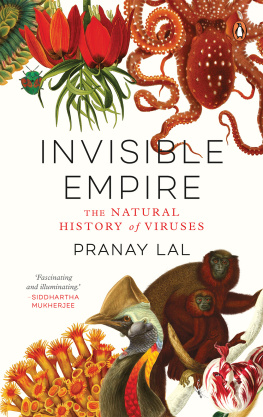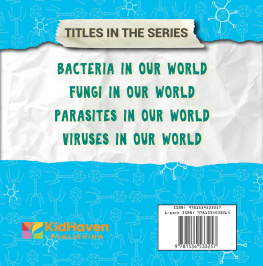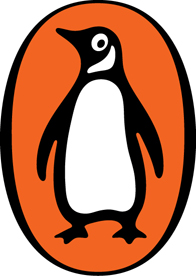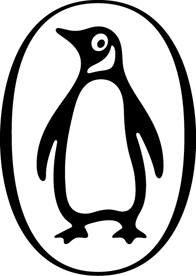Pranay Lal - Invisible Empire: The Natural History of Viruses
Here you can read online Pranay Lal - Invisible Empire: The Natural History of Viruses full text of the book (entire story) in english for free. Download pdf and epub, get meaning, cover and reviews about this ebook. year: 2022, publisher: India Viking, genre: Religion. Description of the work, (preface) as well as reviews are available. Best literature library LitArk.com created for fans of good reading and offers a wide selection of genres:
Romance novel
Science fiction
Adventure
Detective
Science
History
Home and family
Prose
Art
Politics
Computer
Non-fiction
Religion
Business
Children
Humor
Choose a favorite category and find really read worthwhile books. Enjoy immersion in the world of imagination, feel the emotions of the characters or learn something new for yourself, make an fascinating discovery.
- Book:Invisible Empire: The Natural History of Viruses
- Author:
- Publisher:India Viking
- Genre:
- Year:2022
- Rating:3 / 5
- Favourites:Add to favourites
- Your mark:
Invisible Empire: The Natural History of Viruses: summary, description and annotation
We offer to read an annotation, description, summary or preface (depends on what the author of the book "Invisible Empire: The Natural History of Viruses" wrote himself). If you haven't found the necessary information about the book — write in the comments, we will try to find it.
Viruses are the worlds most abundant life form, and now, when humanity is in the midst of a close encounter with their immense power, perhaps the most feared. But do we understand viruses? Possibly the most enigmatic of living things, they are sometimes not considered a life form at all. Everything about them is extreme, including the reactions they evoke. However, for every truism about viruses, the opposite is also often true. So complex and diverse is the world of viruses that it merits being labelled an empire unto itself. And whether we see them as alive or dead, as life-threatening or life-affirming, there is an ineluctable beauty, even a certain elegance, in the way viruses go about their lives-or so Pranay Lal tells us in Invisible Empire: The Natural History of Viruses.
This is a book that defies categorisation. It brings together science, history and great storytelling to paint a fascinating picture of viruses as a major actor, not just in human civilisation but also in the human body. With rare photographs, paintings, illustrations and anecdotes, it is a magnificent and an extremely relevant book for our times, when we are attempting to understand viruses and examining their role in the lives of humans.
Pranay Lal: author's other books
Who wrote Invisible Empire: The Natural History of Viruses? Find out the surname, the name of the author of the book and a list of all author's works by series.


















